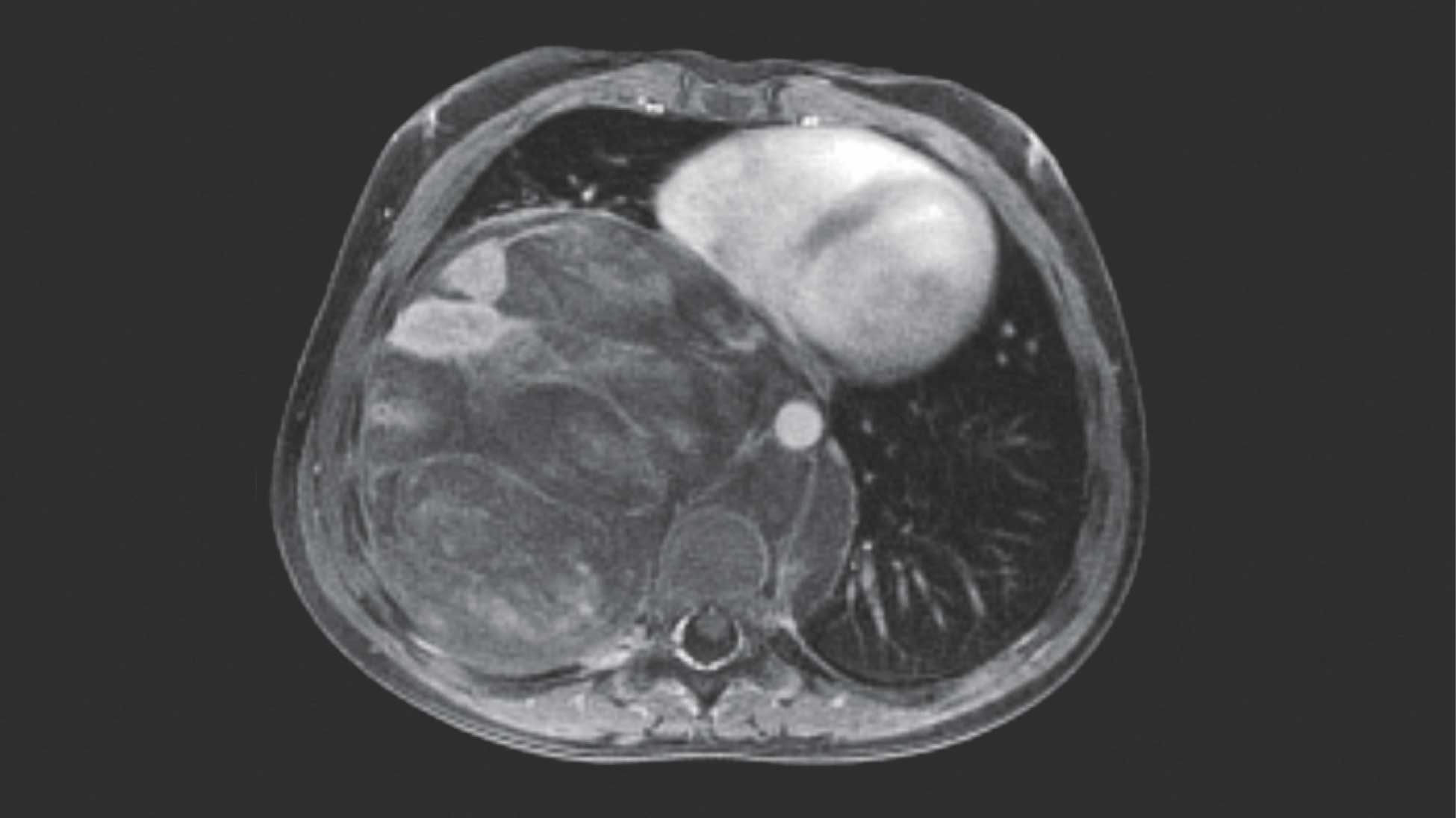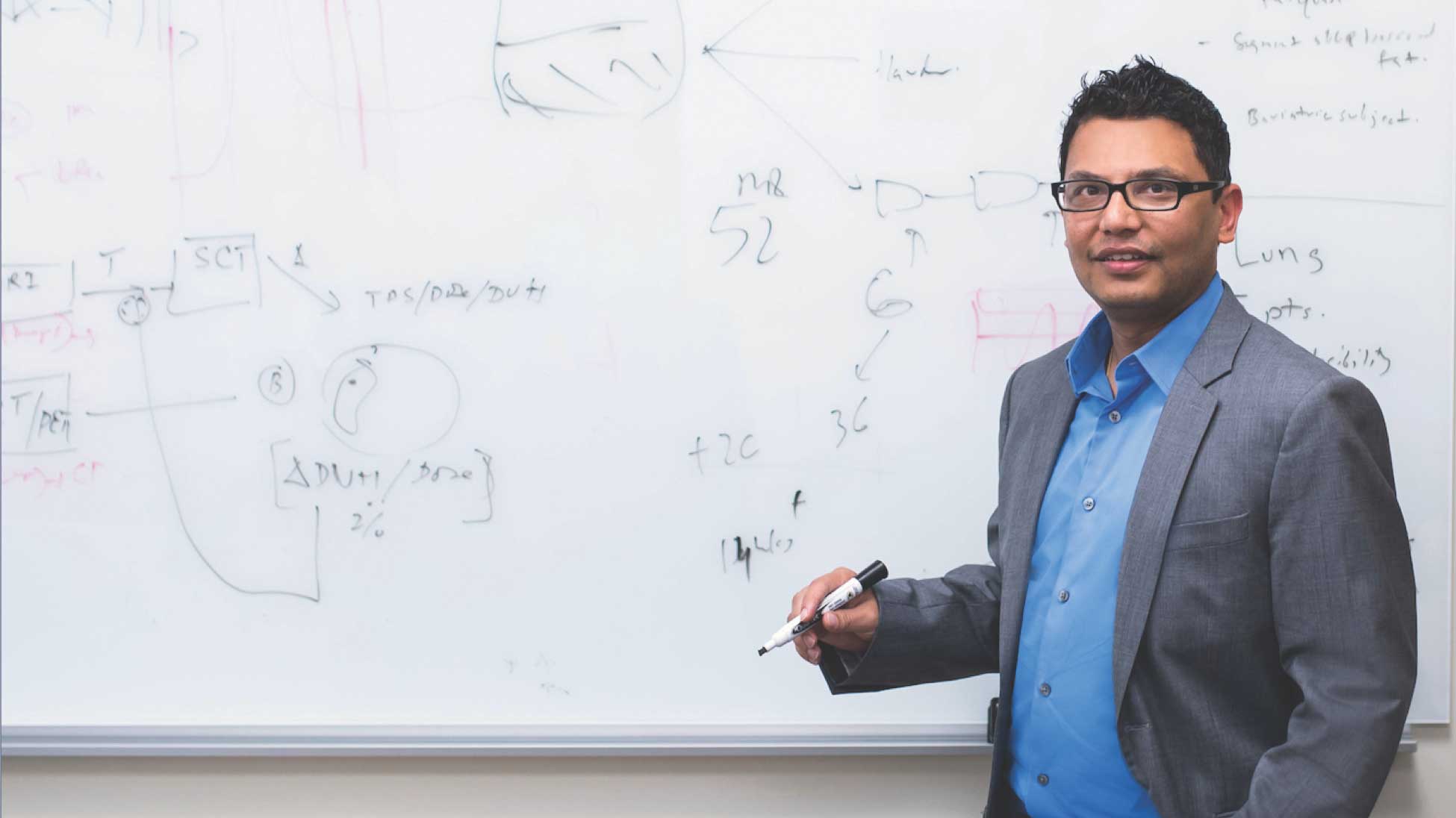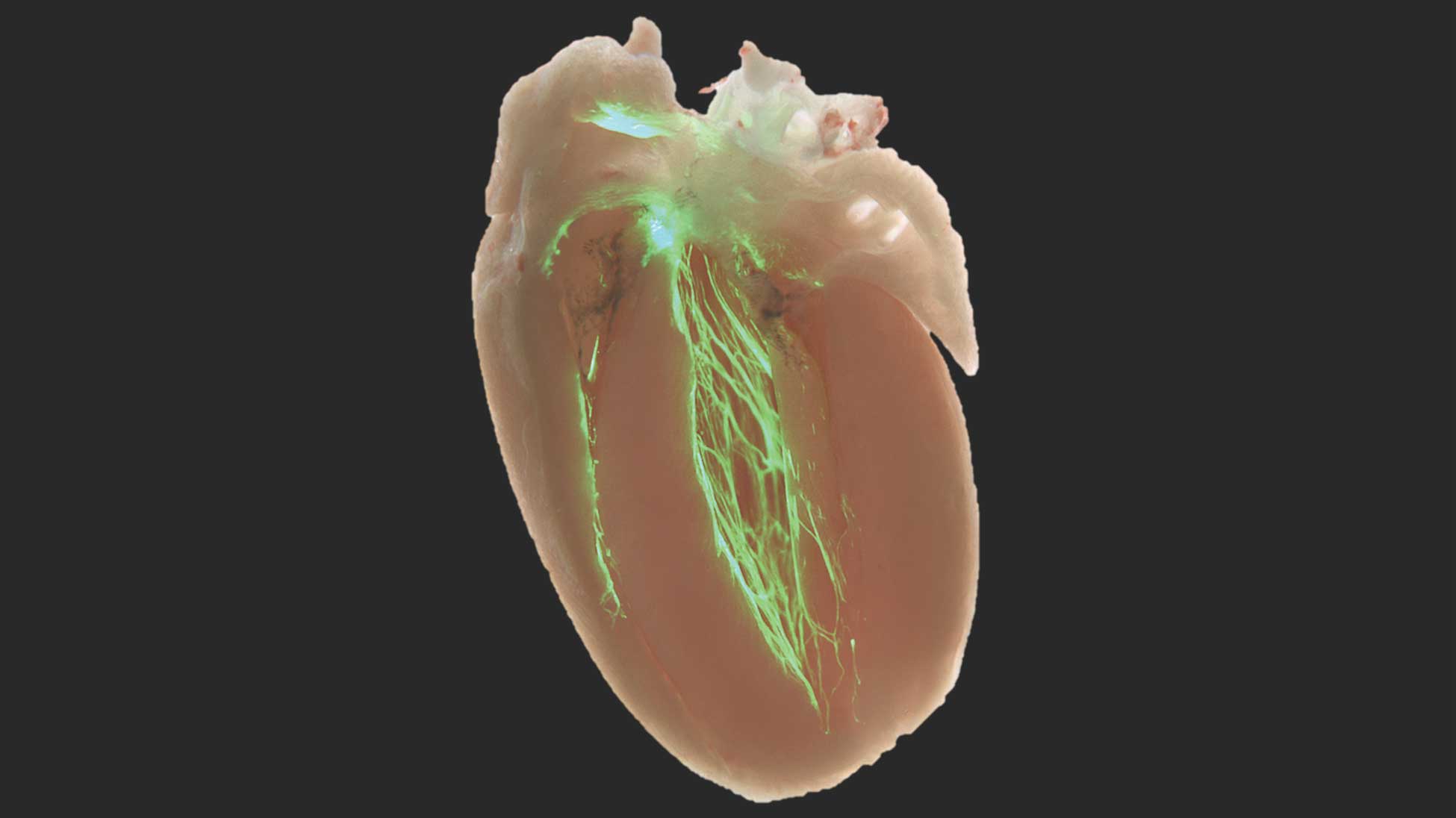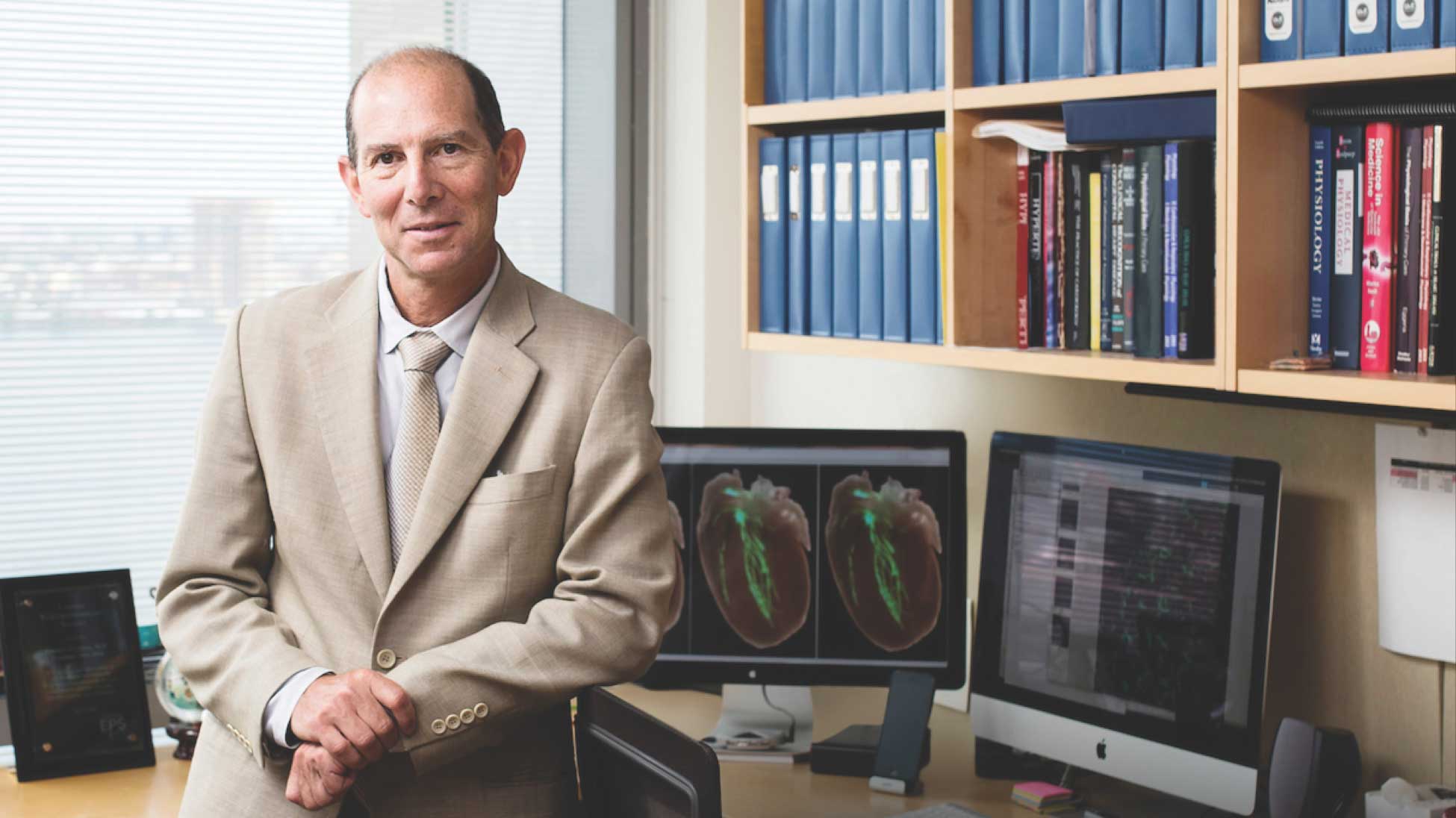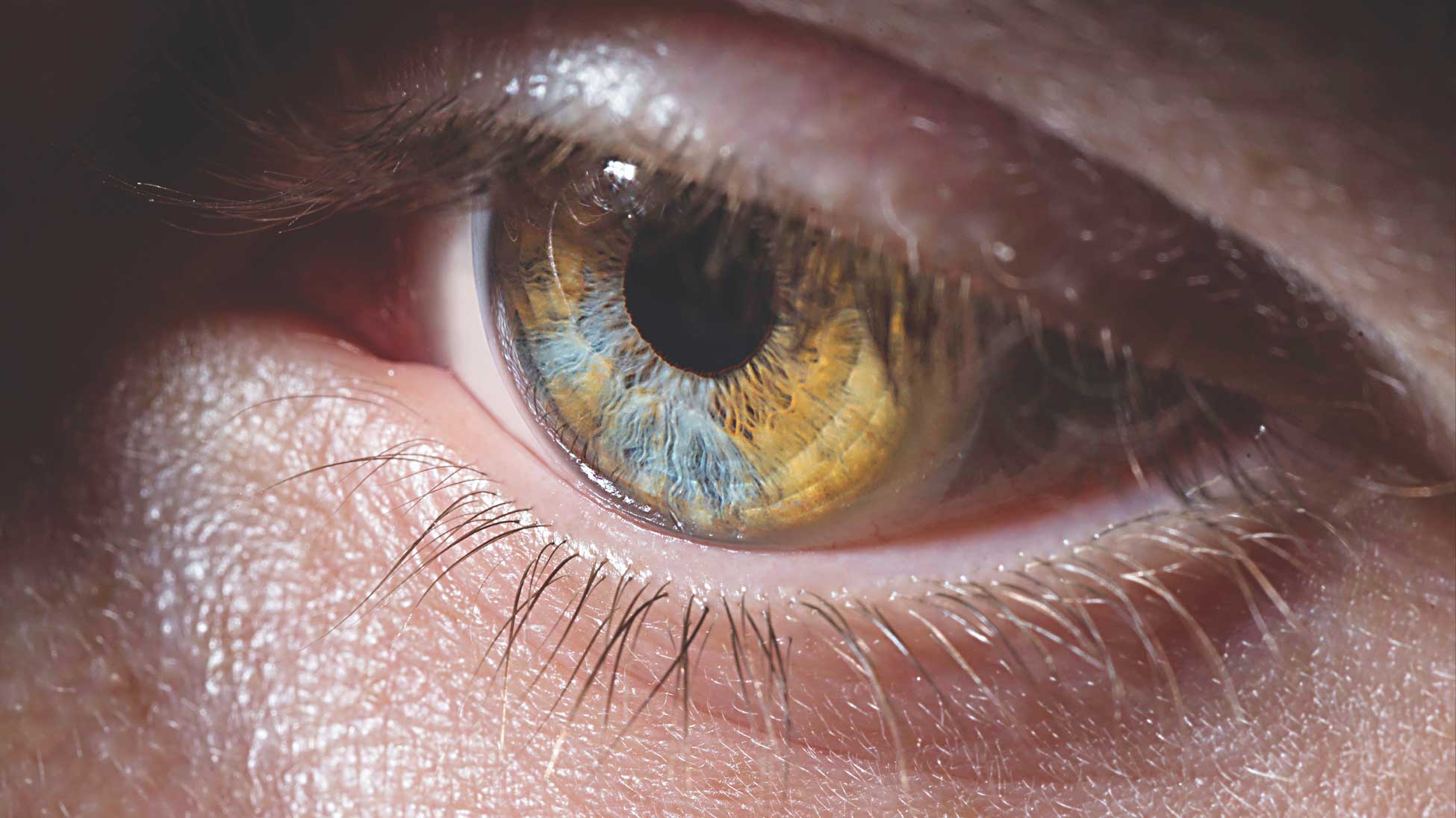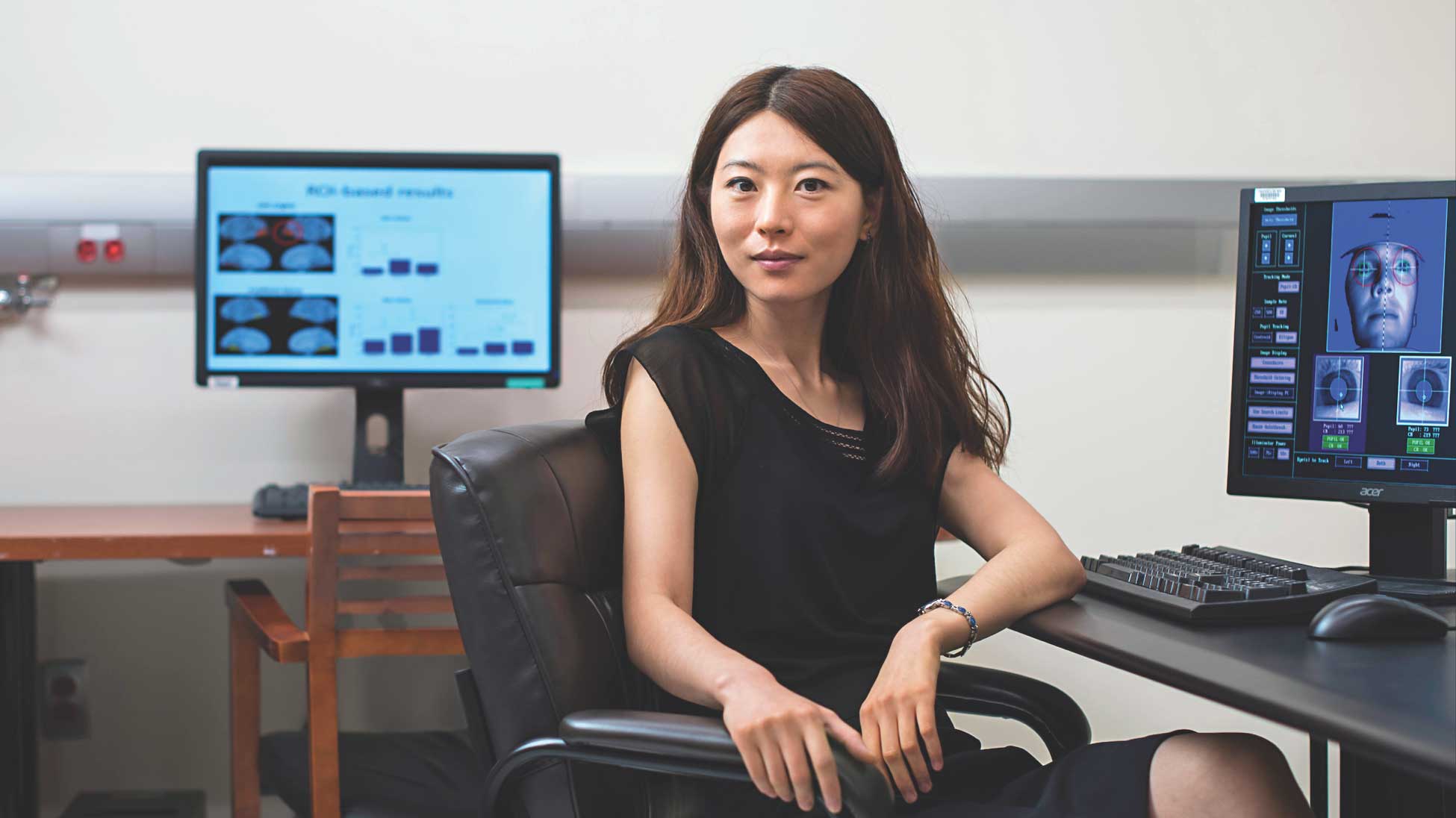
Organs as
Never Seen Before
The field of medical imaging has come a long way since 1895, when German physicist Wilhelm Röntgen aimed an electron beam at his wife's hand and imaged her bones and wedding ring on a photographic plate, generating what's believed to be the first X-ray. Today, millions of radiological images are created every year in the U.S., thanks to a growing suite of sophisticated tools, several of which have been advanced by researchers at NYU Langone.
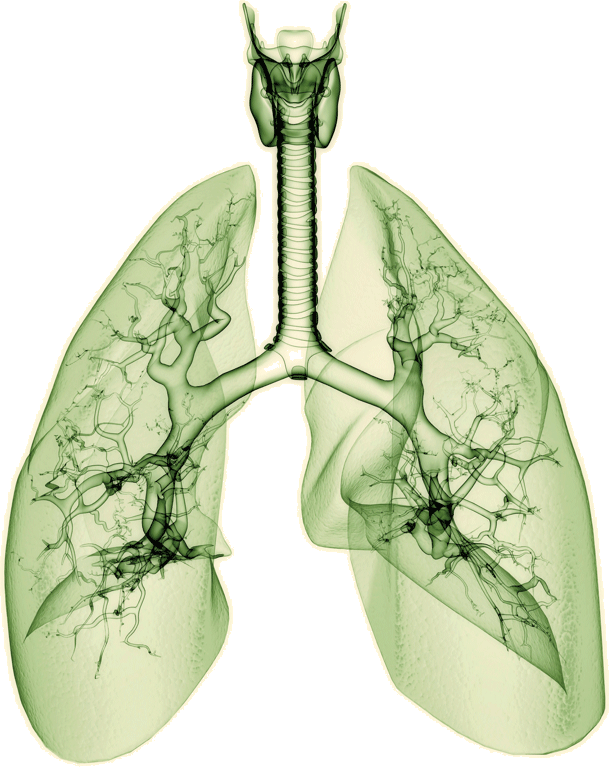
- The Chandarana Lab
- The Fishman Lab
- The He Lab
- The Chandarana Lab
- The Fishman Lab
- The He Lab



